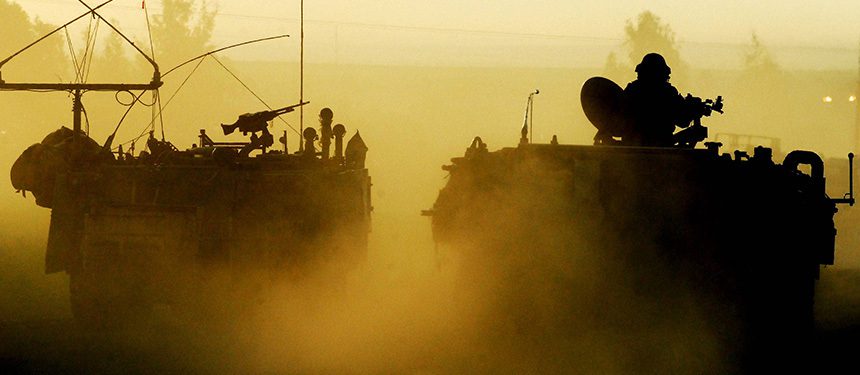What's happening: Ukraine incursion into Russia

The Armed Forces of Ukraine (AFU) have been engaged in a cross-border incursion into Russia's Kursk Oblast since 6 August.
Verifiable footage suggests that Ukrainian forces have advanced approximately 17 miles (28km) deep into Russian territory over an area approximately 24 miles (56km) wide and have notably secured control of the town of Sudzha. Ukraine has also destroyed several bridges close to the border used by the Russian military.
During his evening address on 18 August, President Zelensky notably referred to the operation as intended to create a buffer zone in shared border areas, while positioning Ukraine strongly moving into the autumn. As Ukraine's continued presence in Kursk Oblast has generated international media attention, President Putin notably refrained from describing it as an invasion. Russia’s response to the incursion has been slow - Ukrainian advances in the first week suggested that Russian forces in the area were caught off guard and struggled in the initial response phase.
The Kursk operation has proven successful in boosting Ukrainian morale, while showing international supporters that Ukraine remains capable of directing impactful military operations if provided with the necessary resources. Given President Zelensky’s recent comments, the latter is likely to be important moving into late 2024 and early 2025 if Ukraine is to convince its supporters of the need for further military assistance.
Russia has been making incremental advances along the eastern frontline in the Donbas region over recent months. Ukraine’s capability to hold territory in Kursk while ensuring the eastern frontline is sufficiently resourced over the coming weeks and months is less certain. Russian forces are pushing towards the strategically important towns of Pokrovsk and Toretsk, albeit at significant costs in terms of personnel losses over recent months.
Russian response, domestic challenges, and prospects
The situation in Kursk is a problematic one for President Putin as over 200,000 Russian civilians have been evacuated from the border areas with Ukraine in Kursk and Belgorod oblasts. The deployment of conscripts to stem the Ukrainian advances – contrary to Putin’s promises at the start of the war that they would not be directly involved – has also caused consternation after a number have been taken prisoner.
Putin has been faced with a number of crises since launching the full-scale invasion of Ukraine, from protests against the September 2022 mobilisation order to the abandoned Wagner mutiny in June 2023 and subsequent death of the group’s leader, Yevgeny Prigozhin. While talks of a direct challenge to his leadership are likely to be premature, Putin will need to be seen as organising a strong response. The Russian response in the Kursk region is likely to gain further momentum in the next one to two weeks. Further large-scale drone and missile strikes targeting Ukraine are also a distinct possibility in the near term, particularly as Ukraine celebrates its Independence Day on 24 August.
Advice for personnel and organisations with an interest in Ukraine and Russia
Those travelling to Ukraine or Russia should continue to monitor developments related to the ongoing conflict, particularly with regard to Ukrainian military operations in Russia’s Kursk Oblast and the ongoing Russian response over the coming weeks.
All travel to Ukraine and Russia should be subject to extensive pre-travel risk assessments. Russian drone and missile strikes are the main driver for the EXTREME conflict-related risks across Ukraine. Travel to all areas of the country requires extensive risk mitigation measures, including the ability to access appropriate air raid shelters at short notice.


